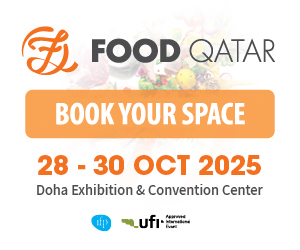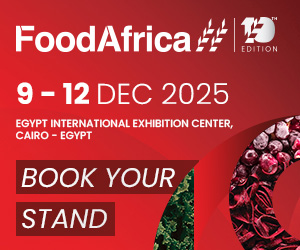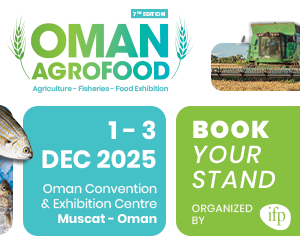The indoor farming market across the Gulf Cooperation Council (GCC) is expected to experience rapid growth, expanding from USD 602.73 million in 2022 to approximately USD 1.43 billion by 2029, achieving a robust CAGR of 13.1%. This surge is driven by persistent water scarcity, harsh climatic conditions, and a regional push for food security and sustainable farming practices.
Countries including Saudi Arabia, the UAE, Qatar, Kuwait, Bahrain, and Oman are adopting advanced agricultural solutions such as vertical farming, hydroponics, aeroponics, and renewable energy integration. These innovations allow for year-round cultivation of high-yield crops, even in the region’s arid desert climate.
Indoor Farming: A Sustainable Alternative in Arid Regions
Indoor farming involves cultivating crops in controlled environments, using technologies like hydroponics (nutrient-rich water), aeroponics (air and mist systems), and LED lighting to reduce water usage and pesticide reliance while maximizing output. These methods are increasingly vital as urban populations grow and demand rises for fresh, local, and sustainably produced food.
Key Drivers of Growth
1. Addressing Water Scarcity and Climate Challenges
Traditional farming methods are unsustainable in the GCC’s water-scarce environment. Indoor farming techniques—particularly hydroponics and aeroponics—use up to 90% less water than conventional agriculture. These methods are essential to achieving both food security and environmental goals.
2. Technological Innovations and Renewable Energy
Emerging technologies such as AI-driven crop management, climate automation, and smart nutrient delivery systems are improving efficiency. Coupled with renewable energy sources like solar and wind, these advancements are supporting the region’s shift toward green, knowledge-based economies.
3. Governmental Support and Strategic Policies
National strategies like Saudi Arabia’s Vision 2030, UAE’s Food Security Strategy 2051, and Qatar’s self-sufficiency programs are fostering investment in indoor farming. Government incentives, subsidies, and public-private partnerships (PPPs) are further accelerating market development.
Market Segmentation Insights
By Facility Type
Greenhouses: Traditional, sunlight-augmented environments enhanced with climate controls.
Vertical Farms: Multi-layered, indoor systems using artificial lighting and automation — a fast-growing segment in urban areas.
By Component
Hardware (Dominant): Includes lighting, irrigation, sensors, and climate systems.
Software: Farm management and automation platforms.
Services: Installation, maintenance, and advisory support.
By Growing Mechanism
Hydroponics (Dominant): Efficient, soilless cultivation using nutrient solutions.
Aeroponics: Highly resource-efficient with strong yield potential.
Aquaponics: Merges fish farming and hydroponics to promote sustainability.
By Crop Category
Fruits, Vegetables, and Herbs (Largest): Includes tomatoes, cucumbers, strawberries, lettuce, and basil — essential for food security.
Flowers and Ornamentals: Supports the hospitality and landscaping sectors, especially in luxury-driven markets.
Strategic Outlook
The future of indoor farming in the GCC hinges on:
Adoption of modular, AI-powered vertical farms
Blockchain-enabled supply chain transparency
Integration with solar and wind energy
Expansion of food self-reliance and climate adaptation strategies
Companies that align with these trends and deliver cost-effective, scalable solutions will be poised to lead the transformation of agriculture in the GCC through 2029 and beyond.
Source: Report Ocean




















































































